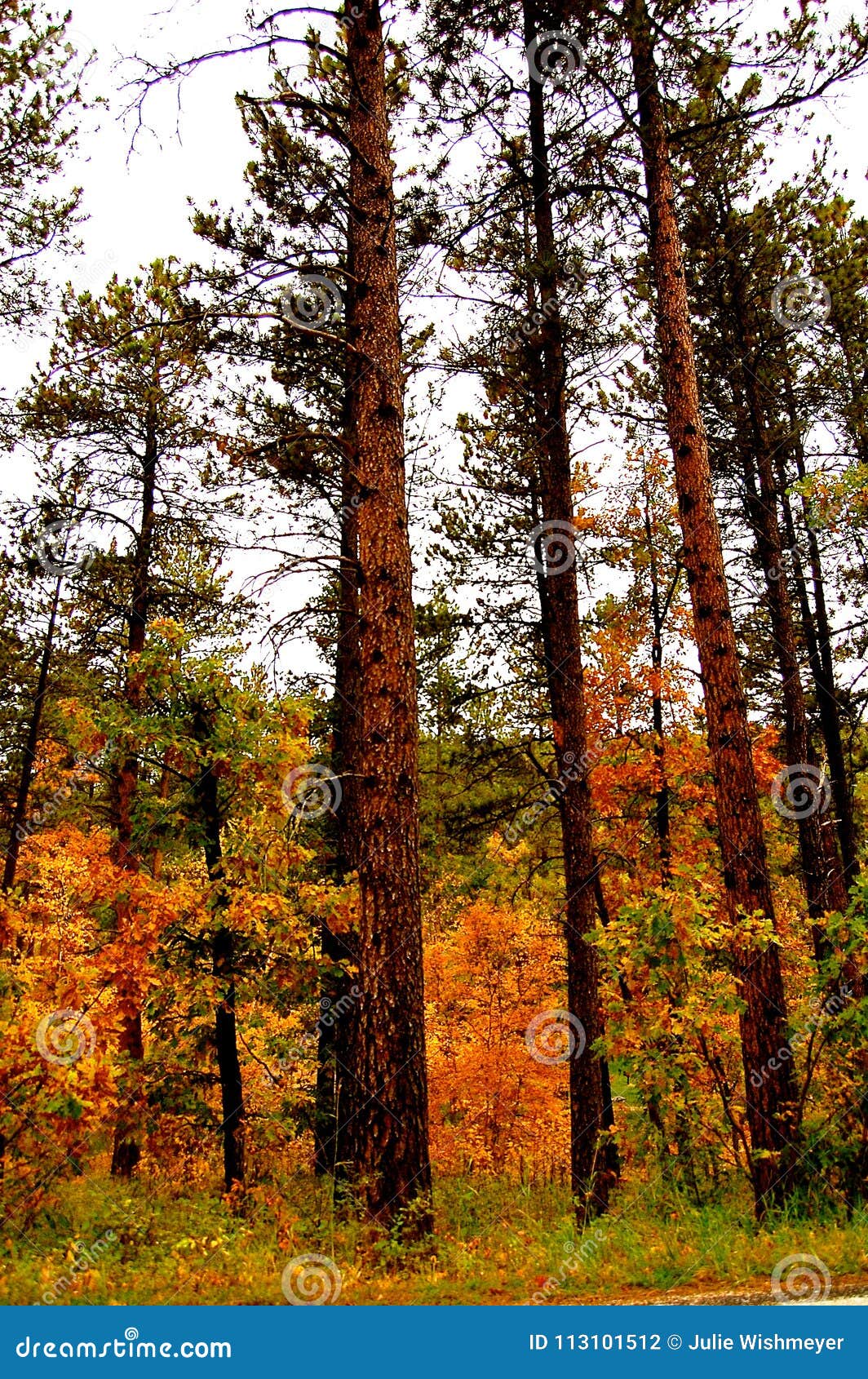

The following stats are based on millions of images downloaded from around the world, wherein each individual pixel shade is tallied-along with recent click-through rate (CTR) performance. And this time around, we’ve included added insights from Shutterstock.AI, uniquely capable of deciphering how a specific color performs in digital media-so that you can apply it in your next campaign! That’s right, it’s that colorful time of year again and we don’t mean autumn-it’s Color Trends season! Every year our data analysts and design experts plow through billions of bits of data to reveal what colors the design world is gravitating towards next.

From our team of data crunchers and number munchers-and most of all, the recently unleashed Shutterstock.AI-we bring to the creative world at large the top colors for the year ahead. 8 wt Starting point formulation - 3 Interior/Exterior high gloss paint. It may be cheaper, but if you think you are a complex case or are very unsure you will most likely benefit from an in-person analysis.The wait is over. Learn about color tools, get design advice, and find help to choose the perfect.
#Color zen seasons level 8 full
You want to find your seasonal colors so you can work with your natural colors in an easy manner, not have to work harder and wear a full face of makeup every day. You can probably change your season if you wear enough makeup and change your hair color, but the point is to make life easier. There is no much use in paying for an online color analysis that requires you to wear loads of makeup to look good. There is always a certain amount of subjective opinion and two analysis can disagree about your season. If you feel that the portfolio images don’t look right, and you disagree with the portfolio clients of a particular analyst, you won’t be happy with your own analysis. Most importantly, those happy clients need to be wearing the right colors. It is best to go with somebody you can see a portfolio of happy clients.
#Color zen seasons level 8 manual
Often in-person color analysis is the only way sci/art consultants will evaluate somebody’s seasonal type. Includes two waterproof miniature collar receivers, one waterproof miniature 2 dog floating remote, two Biothane collars, four sets of contact points (2 x 5/8' and 2 x 3/4'), contact point removal tool, quad battery charger (120V/220V) with a 2-hour full charge, owner's manual with training tips, lanyard for the remote and color storage box. Mindful, zen, coloring sheets for all ages. It is not something a computer could do! But it’s considerably more systematic than other systems that work by elimination based on the client’s skin, eye and hair color.
#Color zen seasons level 8 skin
There is still a part of skill on the consultant’s ability to understand color and how the skin reacts to the different colors. It ignores typical preconceptions about eye and hair color and goes only by how the skin reacts to the drapes. Sci\ART™ analysts work in a colour neutral environment, use full spectrum lighting and cover themselves in grey clothes to make sure the only thing affecting the client’s skin is the drapes. The goal is to remove the consultant opinions from the mix, and use specially color coded drapes to compare the effects they have on the client’s skin. It was developed in 2000 by the late Kathryn Kalisz, and tries to make the process as systematic as possible. This school of color analysis claims to be closely based in the Munsell 3-dimensional color system. However, there is no hard numbers that would allow you to evaluate a person coloring, so at the end of the day two analysis may disagree. At the end of the day, it is unlikely that one system claims a person is a Bright Spring, and in some other system she is analysed as a Soft Summer. All the solutions for Chapter 3 of the Classic Pack in Color Zen.For a full trophy guide, go here. While in theory you would get the same results on different systems, the palettes are different and you may suit one more than others.

There are several different 12 season color systems, and they have different methodologies. However, they don’t really exist in any of the mainstream 12 season color analysis systems.

There are reasons both in favour and against Spring/Autumn and Winter/Summer blends, and other systems such as the 16 seasons system try to make room for them. You may be wondering about some of the missing combinations, for example a muted spring or a higher contrast summer.


 0 kommentar(er)
0 kommentar(er)
